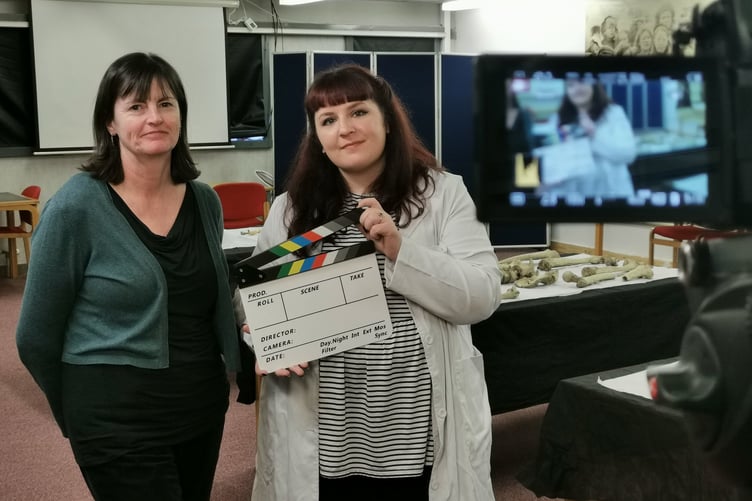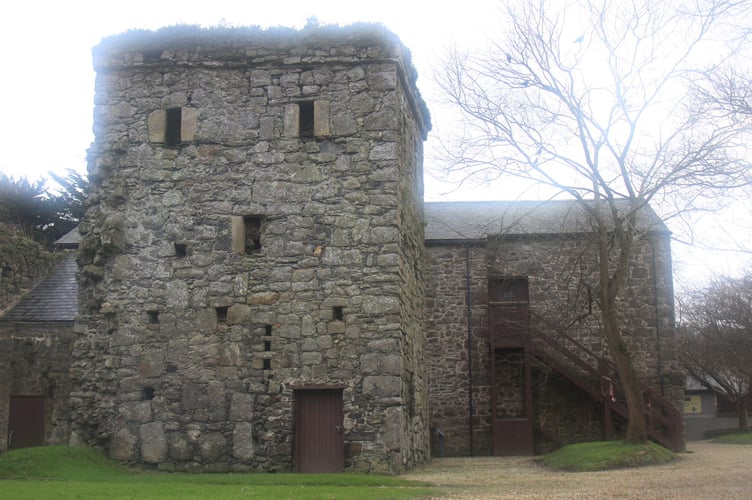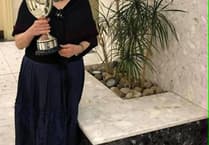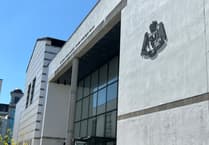A series of short films looking at what stories bones found at Rushen Abbey can reveal has been released online - from cancer sufferers to violent murders.
Marie Weal is a leading Manx osteoarchaeologist – that means she studies very old bones to learn more about our history – fronts the new film and explains the hidden secrets unearthed thanks to the remains found.
There are eight short films available on the Culture Vannin website and YouTube covering various topics which would surprise many.
While one looks at cancer in a leg bone over 1,000 years old, another considers the violent attacks survived another considers violent and ultimately fatal attacks as evidenced by a skull from the Early Medieval period.
Another film explains the shocking evidence of Paget's disease in the enlarged and weakened bone remains of someone living in the Isle of Man over a millennium ago.
But perhaps most interesting for many will be the consideration of the bones once thought to have been those of the Viking King of Mann, King Olaf II.
Using modern scientific analysis, Marie is able to unpick the story of these bones revealing secrets of the past.
She said: ‘I consider it a wonderful privilege to be able to investigate our history in this way and to be supported by Manx organisations who fund independent researchers like myself makes this work so much more rewarding.’

The film has been created by Culture Vannin, in partnership with Manx National Heritage.
By using the actual bones themselves, Marie explains some of the recent discoveries made about Manx history through modern analysis.
Marie added: ‘Being awarded Culture Vannin grants meant I was able to keep this project local and work with as many Manx organisations as possible.
‘Access to funding like this is so important for small projects like mine and it ensures that the findings of our work are recorded by organisations who understand the importance of our history and heritage as well as it's preservation for future generations.’
All of the bones investigated came from various archaeological digs at Rushen Abbey, one of the Isle of Man’s most important Christian heritage sites. Following the acquisition of the site by Manx National Heritage in 1998, there was an intensive and extensive programme of archaeological excavations.
Also among the films is a short interview with Allison Fox, curator of archaeology, who describes the continuing care for and work on such important piece of Manx history by Manx National Heritage.
Allison said: ‘Since Rushen Abbey came under the care of Manx National Heritage, we have been excavating and researching to find out more detail about life at the abbey.
‘The remains of the people who were buried at the abbey can tell us a huge amount about their lives, and Marie’s sensitive and thorough work has added to our knowledge of the Isle of Man in the medieval period and will enable us to tell personal stories of some of those people.”
The films are released to time with the publication of a new book, ‘Rushen Abbey: 100 years of excavation’ by Dr Peter Davey, available in Manx National Heritage shops.
The series of eight short films about the bones of Rushen Abbey are available from Culture Vannin’s YouTube page or website: www.culturevannin.im

.jpeg?width=209&height=140&crop=209:145,smart&quality=75)
.jpeg?width=209&height=140&crop=209:145,smart&quality=75)


Comments
This article has no comments yet. Be the first to leave a comment.